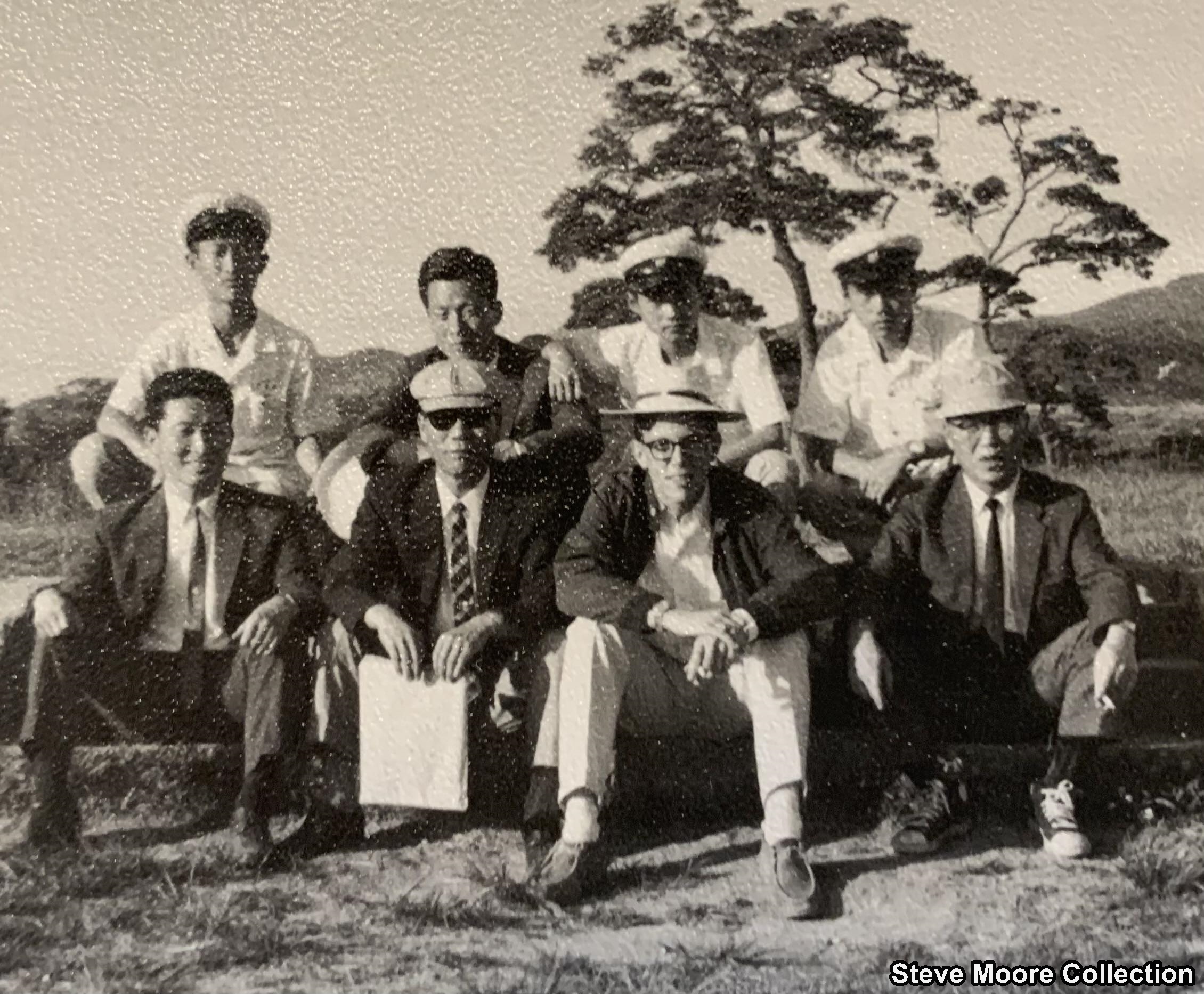Living History – Steve Moore (Peace Corps – 1967)
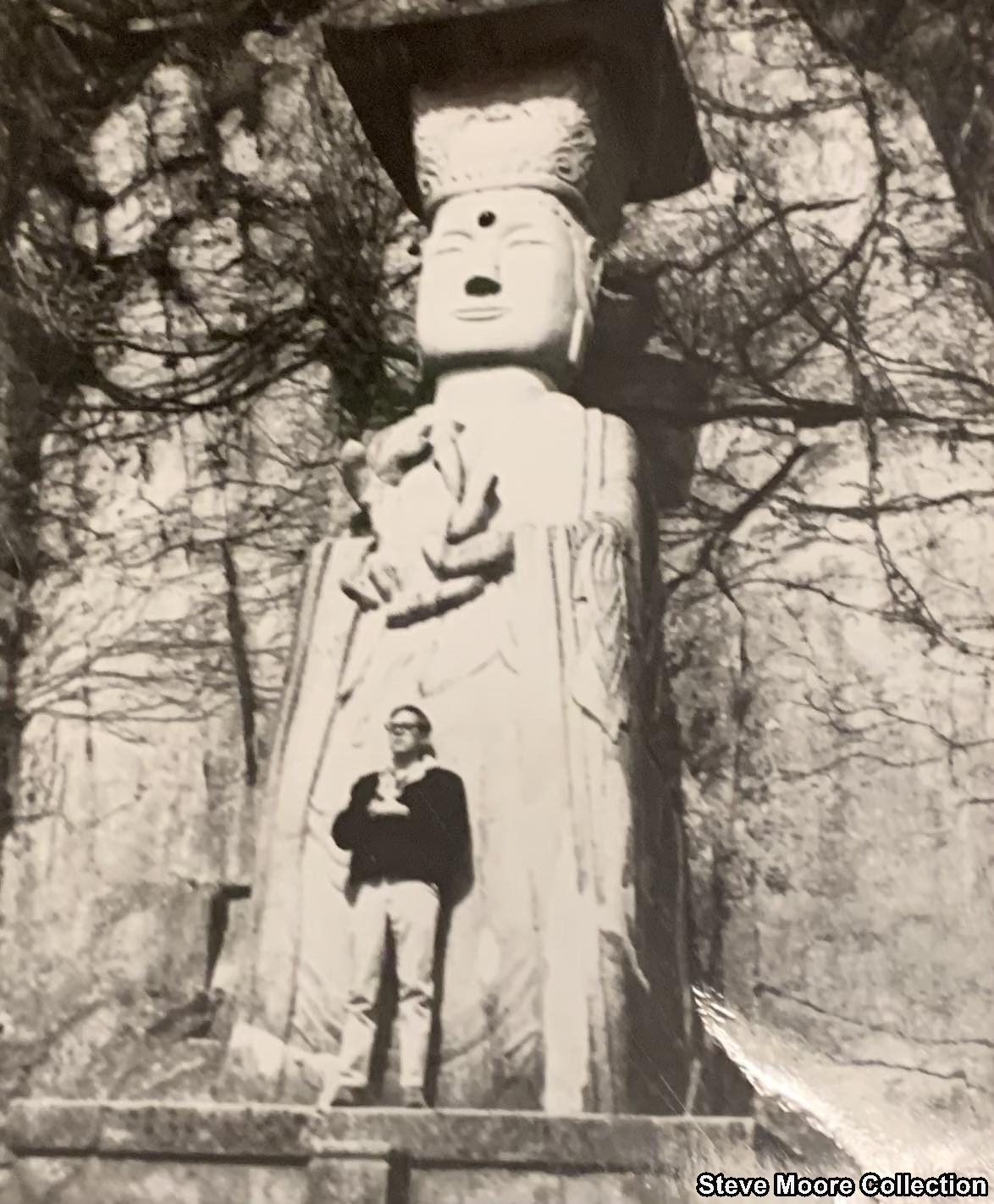
One of the great things about running a website about Korean Buddhist temples is that you get to meet a lot of amazing people. And a lot of these amazing people have varying backgrounds, interests, and insights. Rather amazingly, some of these people first visited Korea in the 1960s, 1970s, and 1980s. Here are their stories!
Q1: Where are you originally from? Introduce yourself a little.
A: I’m originally from the Pacific Northwest, raised and educated in Oregon and Washington. I have a BA in history from the University of Oregon and an MA in East Asian Studies from the University of Washington. I worked for two years after college as a middle school English teacher in Korea with the Peace Corps, followed by four years as a social studies/Korean Culture teacher at DODDS schools in Seoul and Yokohama/Yokosuka.
Q2: When and why did you first come to Korea?
A: I first came to Korea in June, 1967 as a Peace Corps volunteer. After 6-weeks training at Yonsei University, I was assigned as an English teacher at a rural middle school.
Q3: When you first came to Korea what city did you live? Did you subsequently move around?
A: I lived in the rural farming community of Yesan, Chungcheongnam-do. After one year, I transferred to the city of Cheonan, also in Chungcheongnam-do.
Q4: What was the first temple you visited in Korea?
A: During my 6-weeks training at Yonsei, I and a fellow trainee visited Sudeoksa Temple. Coincidentally, I was later assigned to Yesan, which was just a few miles from that temple.
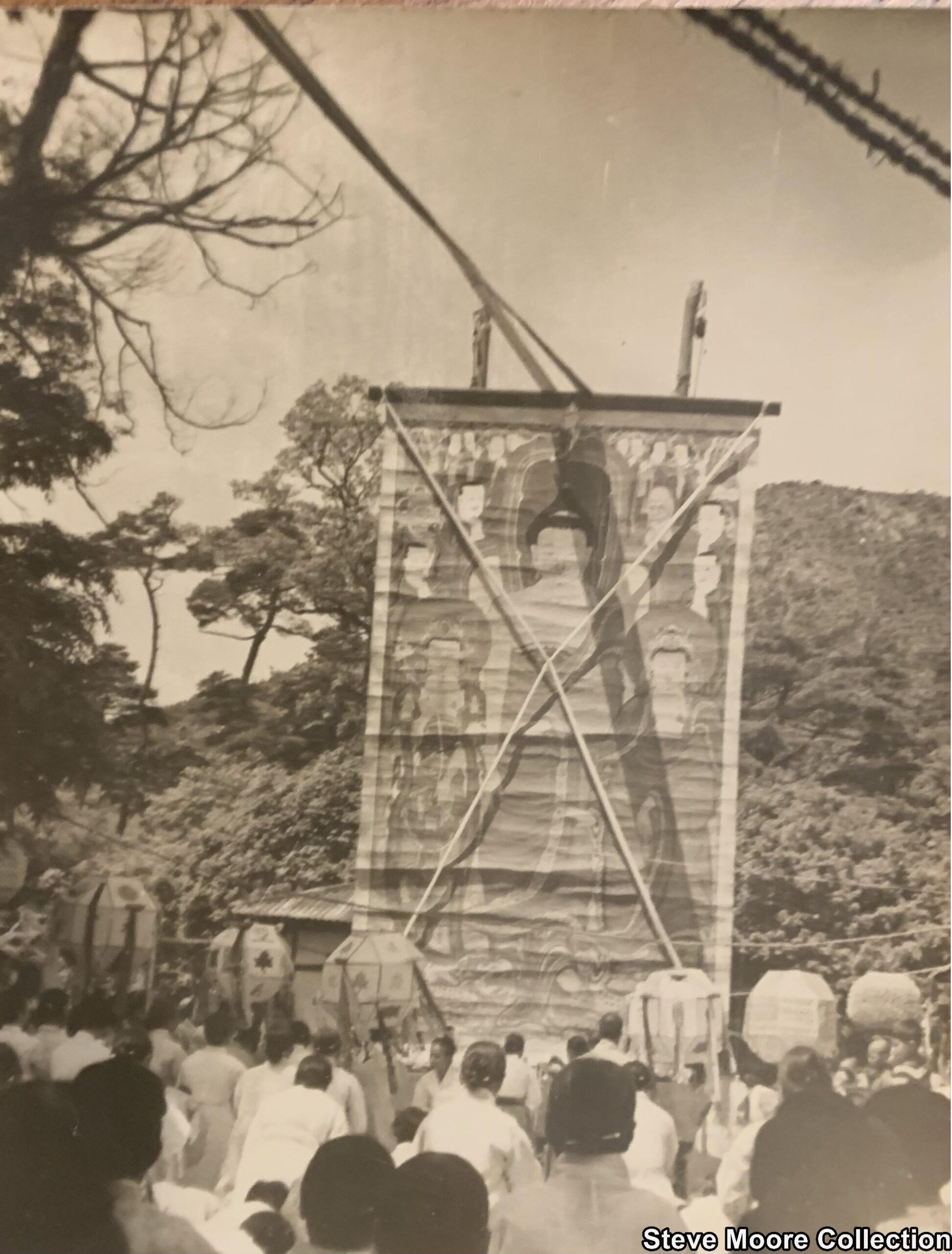
Q5: What drew your interest to Korean Buddhist temples?
A: As an historian, I was drawn by the history and secondarily by Buddhism, a religion about which I knew next to nothing. I was also interested in the art and architecture of the temples.
Q6: What is your favourite temple? Why?
A: Hard to choose since I’ve visited so many over the years, but I guess it would be Bulguksa Temple and Seokguram Grotto; the latter being unique among the temples I’ve visited. One can’t help but be impressed by the scale of Bulguksa Temple and its magnificent façade.
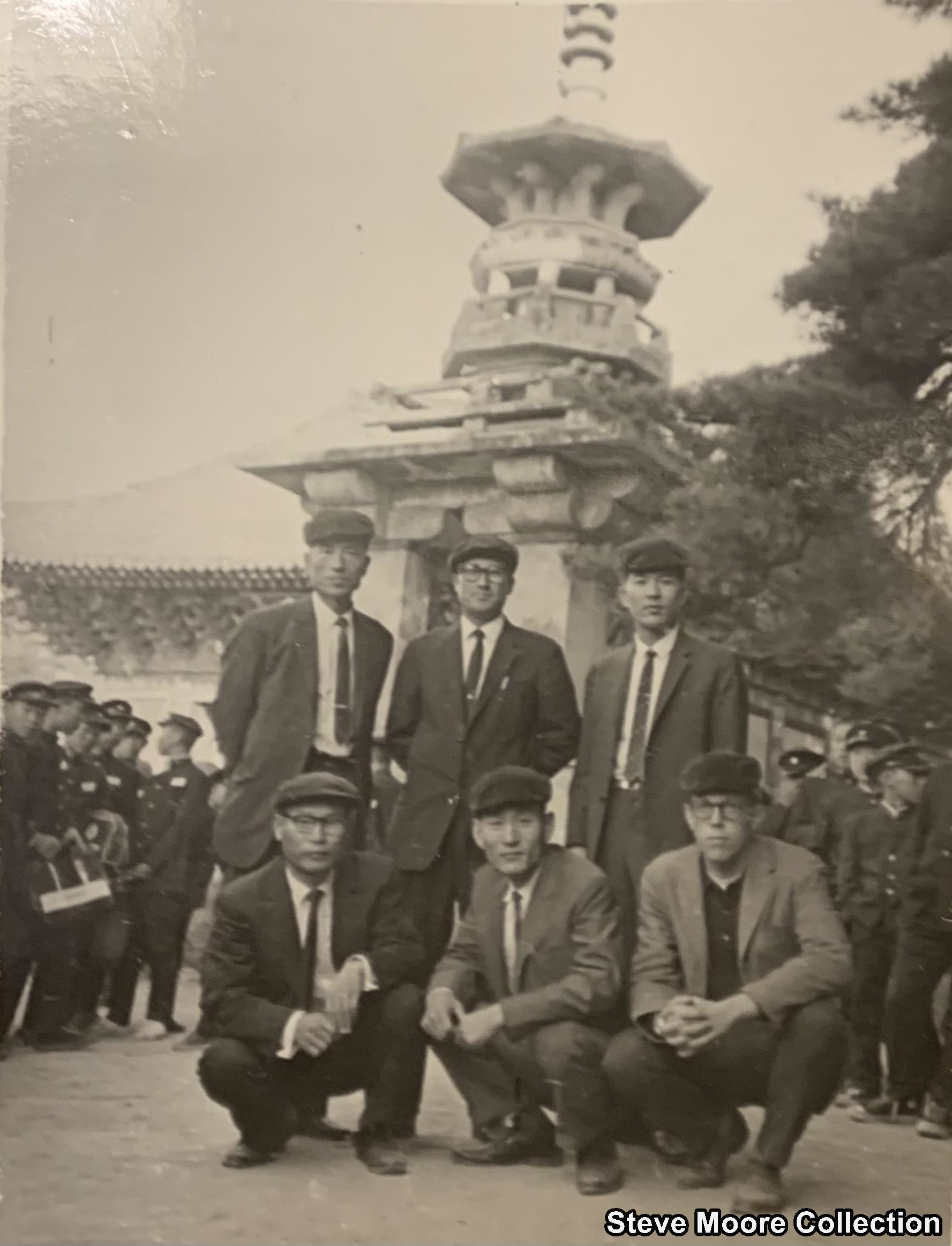
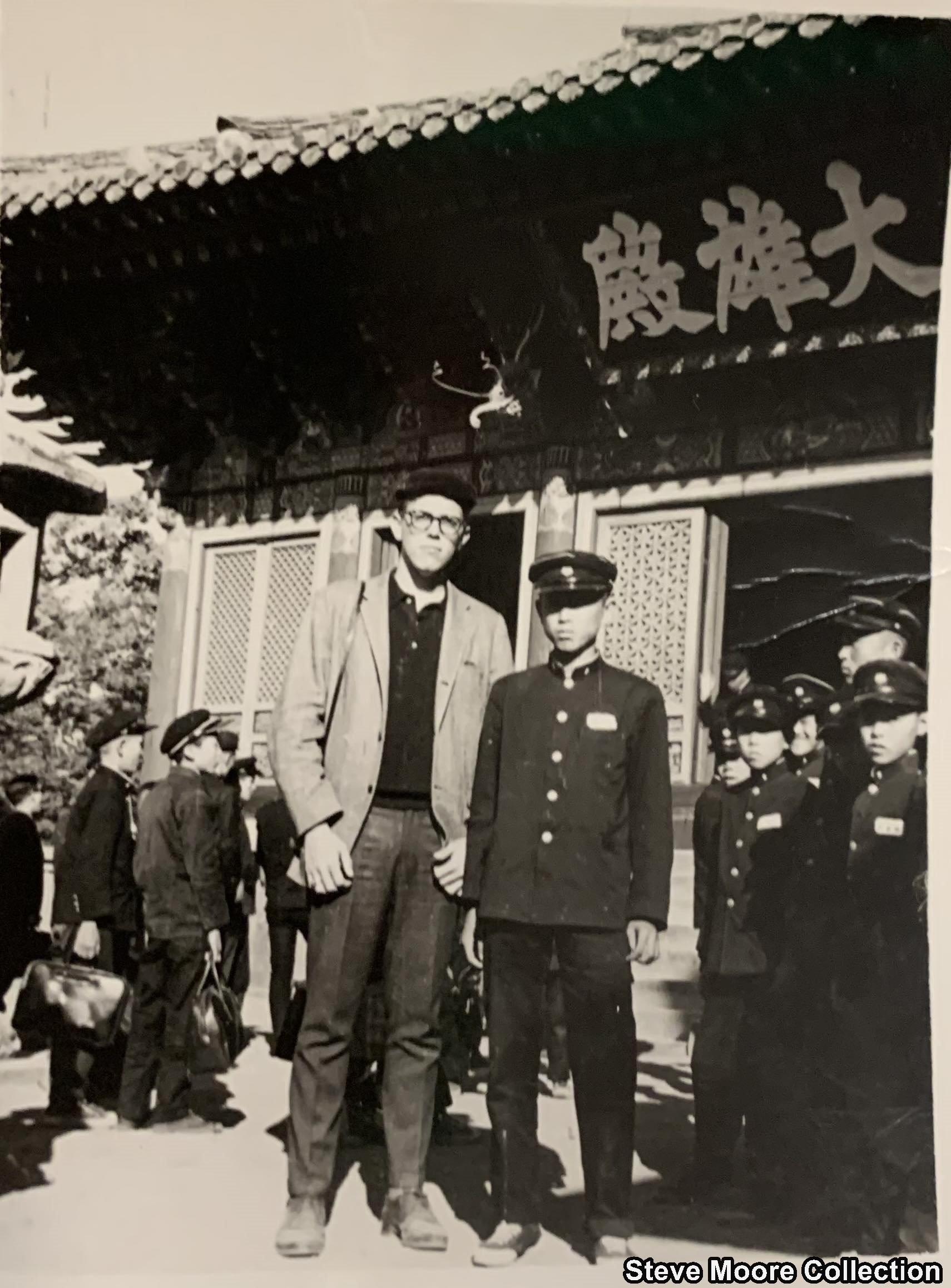
Q7: What temple or hermitage has changed the most from when you were first got here? What has changed about it?
A: Tough question as nearly all Korean temples have undergone major restoration in the past six decades. Perhaps Haeinsa Temple has changed the most. In the 60’s and 70’s, despite its historic and cultural significance, it was remote and rather difficult to get to. Becoming part of a national park, it is now easily accessed and thoroughly made visitor friendly, with all of the secondary buildings restored and in some cases rebuilt. A close second might be Jeondeungsa Temple on Ganghwa Island, which was almost as remote as Haeinsa Temple. I visited the temple last fall and found it totally transformed and almost completely unrecognizable. By the way, not only has the government invested a lot in these temples, but Buddhists are now quite rich (and politically influential).
A8: What was the most difficult temple to get to? How did you get there?
A: Haeinsa Temple and Seokguram Grotto. The former accessed by bus up a narrow and sometimes steep dirt road. Seokguram Grotto, on the other hand, required a hike up a direct road at dawn to see (or not) the sunrise on the East Sea.
9. Did you remain in Korea or did you return home?
A: I stayed in Korea 1967-71 and then returned numerous times over the years, including an assignment in the Foreign Service to the US Embassy in Seoul (1994-97).
